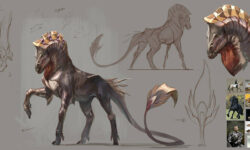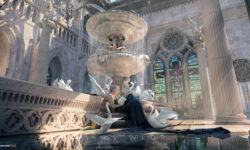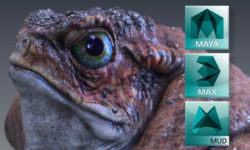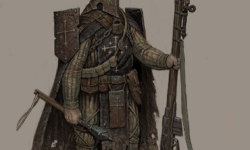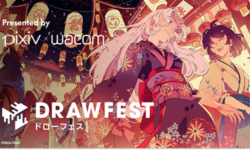Food Photography Post-production in Photoshop (Spanish, Multisub)
Release date:2022
Author: Mario Olvera
Skill level:Beginner
Language:Spanish
Exercise files:Not Provided
Learn professional techniques to create and retouch food images for advertising
The graphic design covers a very large spectrum of areas, such as photo retouching, and within this we would find sub-areas or specialties, such as the retouching and composition of gastronomic photography. The digital artist, photographer and retouching expert Mario Olvera, is currently delving into food compositions, adding to his already established hyper-realistic style and vibrant colors, a touch of surrealism.
In its first course, Photo retouching and visual effects with Photoshop , Mario taught you to create hyperrealistic compositions full of action and, in this, you will learn to create food photographs based on a previous concept to integrate them into a digital gastronomic composition of professional visual quality. You will learn advanced postproduction techniques, with the aim of awakening the appetite of those who observe the final result.
What will you learn in this online course?
You will start the course knowing Mario and his career as a visual artist. You will discover how he began to specialize in photo retouching and what made him deepen, for some time, in the creation of creative food compositions. He will tell you about what inspires him and what his artistic references are.
You will learn to look for references, which will be a great source of inspiration for you, and a starting point for the conceptualization process prior to creating the sketching of your compositions.
Then, with your sketch, you will decide if you use images from stock or photographs your elements. In case you take your own photographs, Mario will show you the behind the scenes of your session, so you can see that good photos can be achieved using a very simple equipment, from home.
Once you have selected the photos, whether from stock or generated by you, you will retouch values such as the hue or saturation of the elements to be highlighted in Camera Raw. You will digitally “make up” food and Mario will give you the keys to give them a professional advertising finish.
You will learn to trim the elements so that you can optimize the weight of your images or layers and thus work faster. You will also see what a script , how to install it and how to make the clipping with it.
You will see how to create the document of your composition with a specific size, adding assets or actions, as layers. You will add a background to your composition, which you will touch up to get a little dimension and drama.
Mario will teach you to treat the splash (liquid splashes) so you can trim or transform them with the help of the adjustment layers.
You will also learn to generate shadows and volume in the elements and create depth of field with blur filters. All this will help make your image look more realistic.
Finally, you will make the last details of your composition, applying a general color balance to your image so that there is a visual coherence between all the elements.
Et c’est fini! already have a powerful composition of freshly baked food, ready to export and share on social networks.
What is this course’s project?
You will create a digital advertising composition of food with your own photographs or obtained from an image bank.
Who is this online course for?
To photographers, designers, publicists or any creative person eager to learn new techniques of photographic postproduction.
Requirements and materials
It is recommended to have basic knowledge of Adobe Photoshop (although it is not necessary).
In terms of materials, you will only need a computer with Adobe Photoshop and, although it is not essential, having a graphic tablet will speed up your workflow considerably.



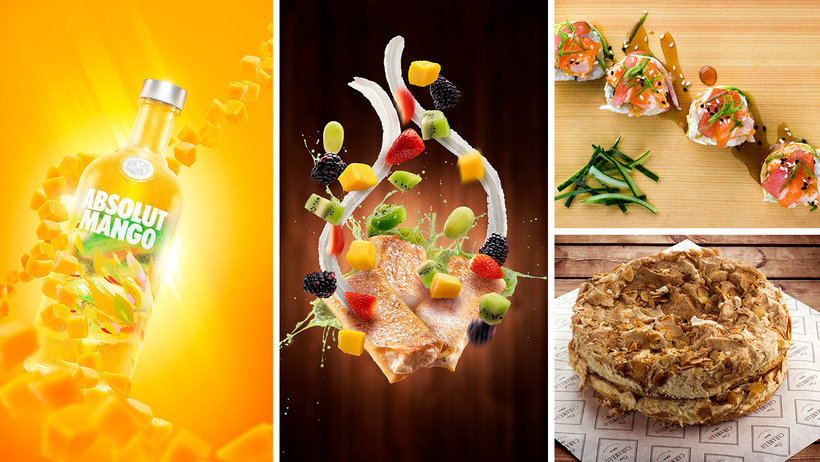

 Channel
Channel